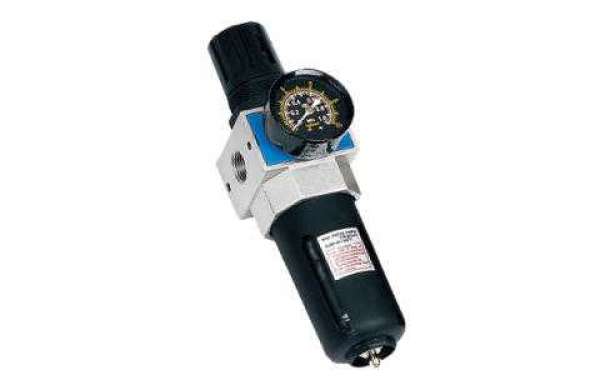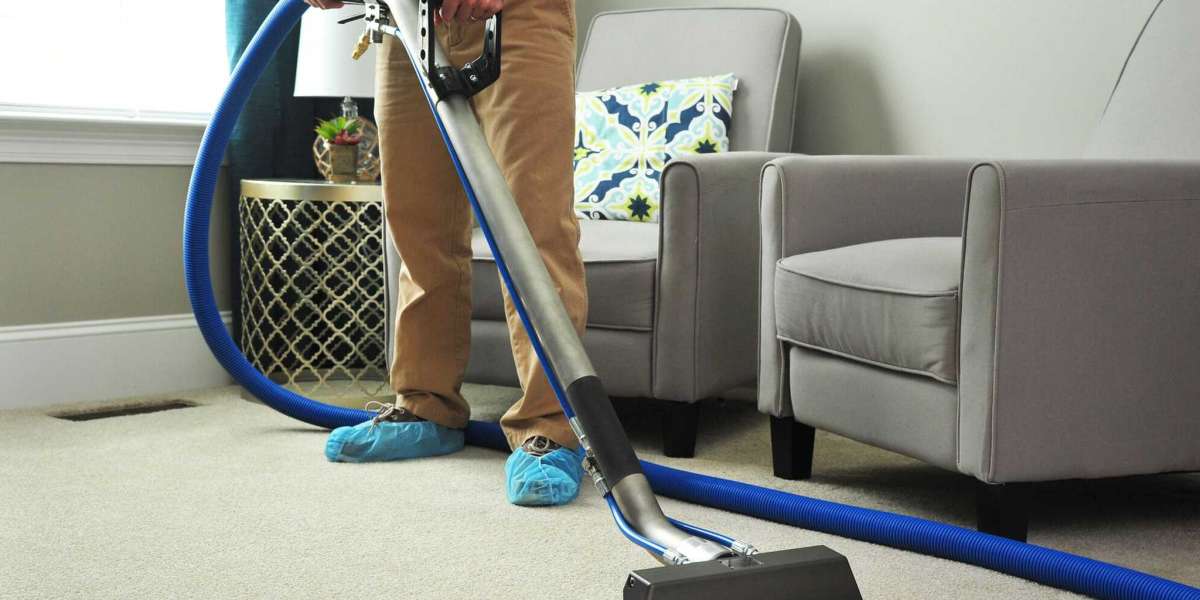Pneumatic hose and tubing is used to deliver pressurized air to where it’s needed, such as tools, valves, and actuators. By taking a look at what’s available on today’s market, you’ll quickly see that there are many kinds and sizes of hose and tubing. For this reason, you should consider various factors to select a product that will be appropriate for its task.
The first thing of Pu Air Hose to look at is construction. Tubing used in air applications can be made from a single material or have internal reinforcements, usually with textile fibers, to provide greater strength. Pneumatic hose is usually made up of an inner tube, one or several layers of reinforcing fiber and an outer protective cover. In general, a pneumatic hose will be more rugged compared to tubing. However, it comes at a higher cost.
Your choice of tubing or hose will mainly be influenced by the type of air supply you use and its application. Hose or tubing size is influenced by the flow requirements. Specifications for tubing are usually provided by the outer diameter and wall thickness, while those for hose tend to use inner diameter. Selecting the right size is very important. An inner diameter that is too small will restrict air flow and cause pressure losses, excess fluid velocity and inefficiency. On the other hand, selecting a diameter that is too large will result in weight, size and costs that are higher than needed.
Another important element to keep in mind is that maximum working pressure. Tubing is rated by manufacturers by measuring its burst pressure at 75°F, then dividing it by a safety factor of 3:1 or 4:1. This determines its maximum pressure. Some products are also built to handle vacuum to around 28 in -Hg without collapsing. You should take note that the maximum burst pressure ratings are simply used for manufacturing test purposes and aren’t an indication as to whether a product will be able to safely operate above maximum working pressure or handle pressure spikes without damage.
A variety of materials are used to make modern thermoplastic tubing. Here are some of the most common ones for pneumatic applications:
Polyurethane
Polyurethane is a popular choice of material, as it’s quite strong, flexible and resistant to abrasion and kinks. It’s also strong enough to handle contact with oils and fuels. This material is often used in vacuum equipment, medical and laboratory settings, semiconductor manufacturing and pneumatic actuation systems.
Nylon
Nylon is used as a material for tubing as it’s relatively light, yet dimensionally stable and tough. Tubing made up of nylon is often selected in applications where withstanding high pressures is important. It also offers greater flexibility, allowing it to be routed through tight spaces, low water absorption and high resistance to flexural fatigue.
Polyethylene
Polyethylene tubing is regularly used for pneumatic controls and other low-pressure applications. It offers good resistance to a wide range of solvents and chemicals, is flexible and relatively affordable when compared to other materials. Semi-rigid HDPE tubing is available, which is more resistant to damage and has a higher burst pressure when compared to ordinary polyethylene tubing.
Polyvinyl Chloride (PVC)
PVC tubing offers superior flexibility and lighter weight compared to polyethylene and nylon. It can resist exposure to chemicals and can withstand repeated sterilization procedures. This is why it’s often used in medical applications, as PVC tubing can be manufactured to meet all FDA specifications for contact with food and drug products. This type of tubing is usually made clear, making it an optimal choice for settings where seeing the flow is needed.
Polypropylene
Polypropylene tubing is commonly used in food manufacturing. It has excellent resistance to chemicals and is well suited for outdoor applications as it’s able to withstand UV radiation without degrading.
Any engineer comparing materials should carefully assess the different benefits and drawbacks that each of them comes with. The chosen material should be compatible with the fluids that will go through the conduit. For example, in an air system, fumes ingested by the compressor or oil from air lubricators can have an impact on the inner tube. The exterior environment should also be taken into account. Hose and tubing can be affected by air pollutants, humidity, ozone, chemicals and UV radiation.
Vibration, flexing, twisting, tensile and side loading can affect tubing and hose, leading to premature wear or failure. The product should be protected against excessive abrasion, snagging or bending. Any hose or tubing that shows signs of being worn out or damaged should be immediately replaced.
Flexibility and kink resistance are important physical characteristics to consider when choosing tubing. It’s a good idea to compare samples, as these characteristics are often described in subjective ways by manufacturers.
Would you like to buy Air Filter Regulator?








